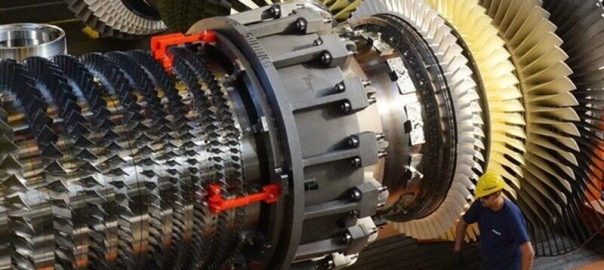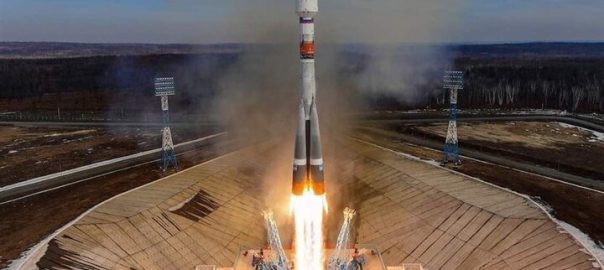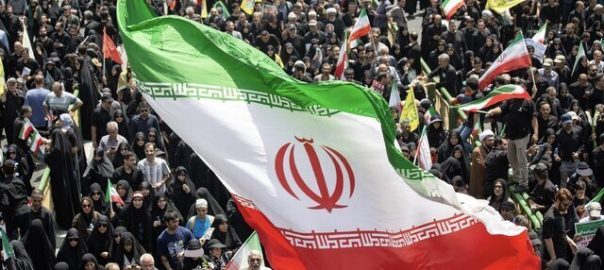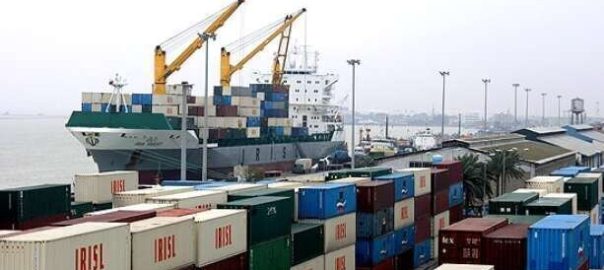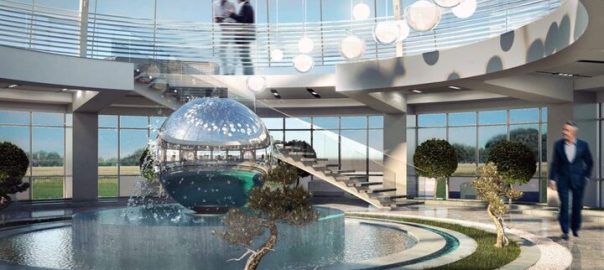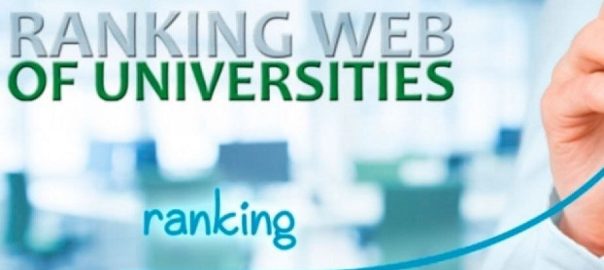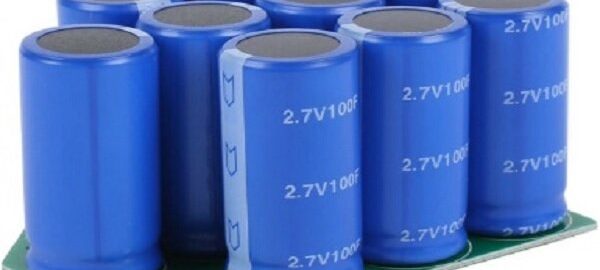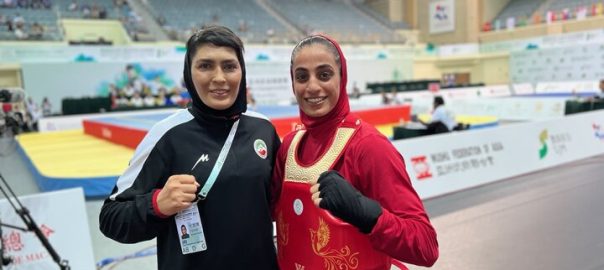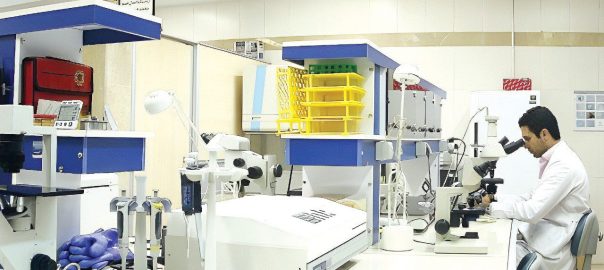The July edition of the Webometrics world ranking has included 64 medical universities from Iran, unchanged from January’s edition, 11 of which have advanced in the ranking compared to the January edition.
Tehran University of Medical Sciences (485) is the only university ranked among the top 500 institutions in the world, Mehr news agency reported.
Among Iranian universities, Mazandaran University of Medical Sciences, Kermanshah University of Medical Sciences, and Yazd University of Medical Sciences have improved their rankings by 1002, 961, and 948 positions, respectively.
Shahrekord University of Medical Sciences, Urmia University of Medical Sciences, Ilam University of Medical Sciences, Kashan University of Medical Sciences Alborz University of Medical Sciences, Kordestan University of Medical Sciences, Gonabad University of Medical Sciences, and Maraghe University of Medical Sciences are the other universities that have noticeably improved their rankings.
Other universities have declined compared to the January edition.
The Ranking Web (Webometrics) has been published since 2004 with the aim of promoting open access to the knowledge generated by universities. The July 2025 edition includes almost 32,000 higher education institutions (HEIs) from around the world. The ranking model is based on both webometric and bibliometric indicators, which are collected from reliable sources such as Majestic, OpenAlex, and Scimago-Scopus.
Web data is gathered during the first days of July, while bibliometric information covers the period from 2020 to 2024.
The Webometrics July 2025 ranking is based on a combination of indicators measuring a university’s web presence and impact. Specifically, it uses three main indicators: Visibility (50 percent), Excellence (40 percent), and Transparency/Openness (10 percent). These indicators assess the university’s website impact, the number of highly cited research papers, and the citation counts of researchers, respectively.
Based on the July edition of 2025, Harvard University, Stanford University, Massachusetts Institute of Technology, University of Oxford, University of Washington, University of Michigan, Cornell University, University of California Berkeley, Johns Hopkins University, and Colombia University New York, are the top ten institutions.
Recent rankings
The Times Higher Education (THE) has included 34 universities from Iran among the top universities pursuing sustainable development goals (SDGs), up from 33 universities in 2024.
Iran University of Medical Sciences, with a global ranking of 301-400, is placed first in the country.
Alzahra University, Kerman University of Medical Sciences, and Shahid Beheshti University of Medical Sciences (ranking 401-600) are placed second.
Iran University of Medical Sciences ranks 48th in good health and well-being as well as reduced inequalities, and 62nd in quality education goals.
Alzahra University and Kerman University of Medical Sciences rank 85th and 89th in gender equality, respectively.
Shahid Beheshti University of Medical Sciences ranks 30th in good health and well-being.
Amirkabir University of Technology and Shahid Beheshti University rank 46th and 60th in industry, innovation, and infrastructure.
The 22nd edition of the Quacquarelli Symonds (QS) World University Rankings (WUR), 2026, has placed nine Iranian universities among the world’s top institutes, unchanged from the 2025 ranking.
University of Tehran, with a global ranking of 322, ranks first among the Iranian universities.
Sharif University of Technology (ranking 375) and Amirkabir University of Technology (456) are placed second and third.
Iran University of Science and Technology (496), Isfahan University of Technology (571), University of Tabriz (578), Shiraz University (701-710), Shahid Beheshti University (741-750), and Ferdowsi University of Mashhad (951- 1000) are other top universities included in this year’s ranking.
The Round University Ranking (RUR) 2025 has placed 36 Iranian universities among the top universities in the world, up from 32 universities in 2024.
Islamic Azad University, with a global ranking of 93, is placed first in the country.
Tehran University of Medical Sciences (125), University of Tehran (202), Iran University of Science and Technology (355), Shiraz University of Medical Sciences (371), Sharif University of Technology (389), University of Tabriz (422), Kurdistan University of Medical Sciences (440), Qazvin University of Medical Sciences (445), and Shahid Beheshti University (454) ranked second to tenth.
Tehran University of Medical Sciences and Islamic Azad University are ranked third and fourth globally in terms of Teaching Ranking index; they are placed first and second in the country. Shiraz University of Medical Sciences (with a global ranking of 69) is placed third.
Based on the Research Ranking index, University of Tehran (with a global ranking of 138), Sharif University of Technology (252), Islamic Azad University (259) are placed first to third in the country, respectively.
Islamic Azad University (414), Graduate University of Advanced Technology (542), and Imam Hossein University (572) are ranked first to third in terms of the International Diversity Ranking index.
Based on the Financial Sustainability index, Imam Hossein University (155), Baqir al-Olum University (212), and Iran University of Science and Technology (245) are the top three universities in the country.
The Times Higher Education Asia University Rankings 2025 has placed 85 Iranian universities among the top Asian institutions, compared to 75 universities in 2024.
Sharif University of Technology is ranked first in the country, with a global ranking of 69.
Amirkabir University of Technology (70), Iran University of Science and Technology (77), University of Tehran (97), Tehran University of Medical Science (109), Isfahan University of Technology (115), Kermanshah University of Medical Sciences (121), Shahid Beheshti University of Medical Sciences (154), and Shiraz University of Technology (155) are placed second to tenth in the country.
The 15th edition of the Quacquarelli Symonds (QS) World University Rankings by Subject 2025 has included 17 Iranian universities in 21 subject entries, compared to 17 Iranian universities in 17 subject entries in 2024.
Iranian universities are ranked among the top institutions in three faculty areas, including Engineering and Technology; Life sciences and Medicine; and Natural Sciences, Mehr news agency reported.
The Times Higher Education (THE) World University Rankings (WUR) by international outlook 2025 has ranked 85 Iranian universities among the top universities in the world. Sharif University of Technology (with a global ranking of 301- 350) tops the universities of the country.
THE World University Rankings 2025 has placed 81 Iranian universities among the top universities in the world in 10 out of 11 subject areas, compared to 73 universities in 2024. Iran’s best rankings are in Computer Sciences, and Engineering.
T.T/

